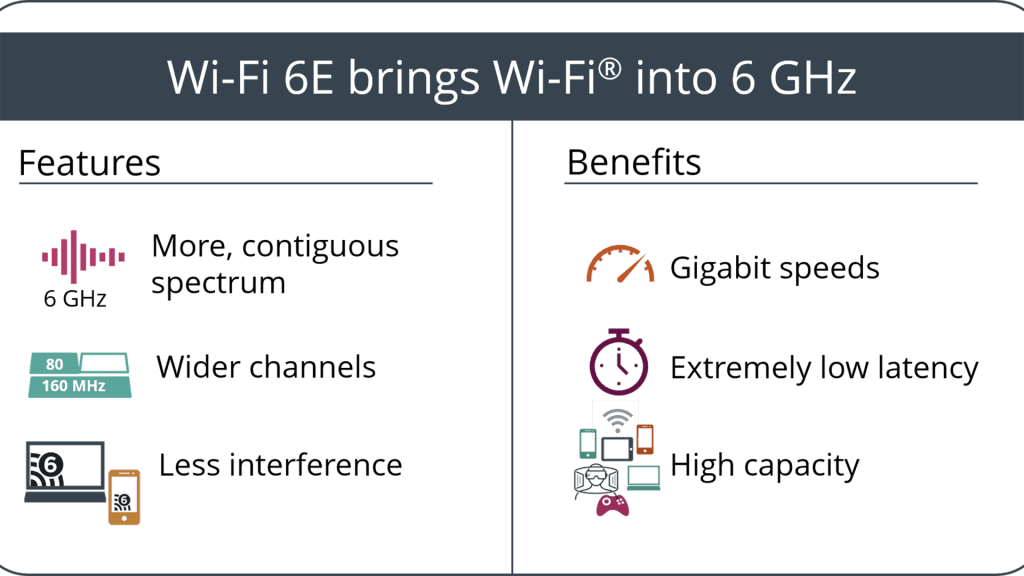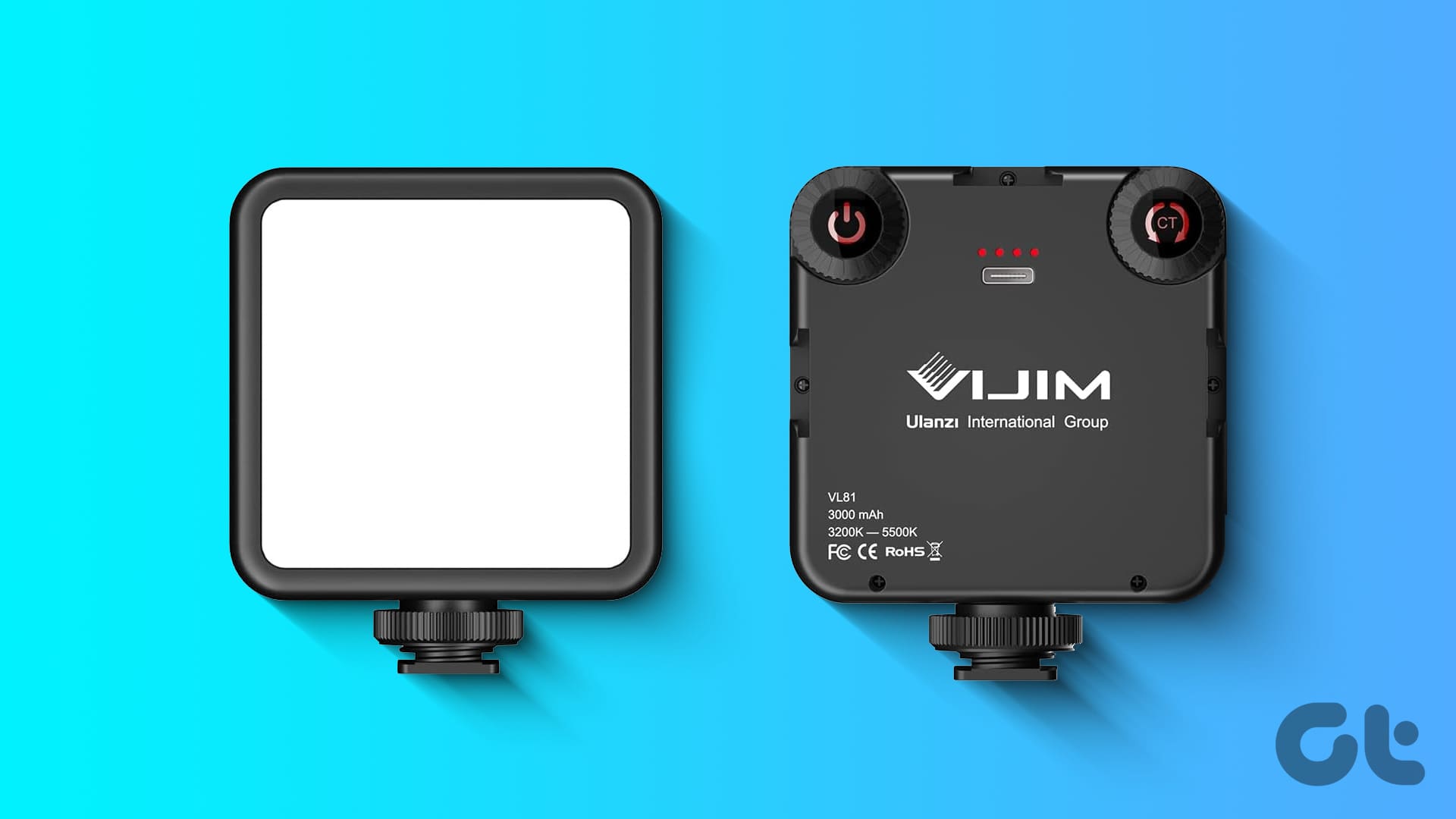If you’re looking to upgrade your internet connectivity experience at home, then you’re probably left confused by all the router options in the market flaunting different internet connectivity standards such as Wi-Fi 2.4, Wi-Fi 5, Wi-Fi 6, and Wi-Fi 6E.

While you may already be using Wi-Fi 2.4 or Wi-Fi 5-based hardware to connect various devices at home or the office to the internet, it is the other two standards that make most users ask the question: What are Wi-Fi 6 and Wi-Fi 6E, and do we need them?
Also See: How to Choose the Right Wi-Fi Router
All You Need to Know About Wi-Fi 6?
Compared to previous generation standards such as Wi-Fi 2.4 and Wi-Fi 5, Wi-Fi 6 — also known as 802.11ax — promises much faster speeds, improved energy efficiency for better battery life for connected devices, and greater bandwidth for decreased network congestion over older standards.
Although Wi-Fi 6 makes use of the same carrier frequencies as Wi-Fi 5. But the technologies at the heart of this standard help offer better overall bandwidth management and performance for a smoother experience while streaming movies or playing games.
Much like other Wi-Fi standards, you need a Wi-Fi 6 router and a compatible connected device to create a working Wi-Fi 6 network. Wi-Fi 6 also brings with it some interesting features and access to new technologies to make connecting to the internet at home or work more enjoyable.

In theory, Wi-Fi 6 can handle high data transfer speeds up to 10Gbps. However, the biggest win that Wi-Fi brings to the fold is its ability to provide lag-free connectivity because of low network congestion and increased client capacity. Plus, as we mentioned above, all this while remaining more power efficient than Wi-Fi 5.
The latter is thanks to the use of the Target Wake Time (TWT) protocol which lets connected devices determine when they wake up to begin sending and receiving data. The result is improved battery life for mobile devices such as smartphones, tablets, laptops, and other battery-powered smart home devices.
Another major technology update that makes Wi-Fi 6 better than older generation standards is Orthogonal Frequency-Division Multiple Access (OFDMA) modulation. This allows the router to manage the sharing of a channel for up to 30 connected devices at a time. The result is again better bandwidth management and data transmission efficiency.
All You Need to Know About Wi-Fi 6E?
Wi-Fi 6E is the newer of the 6 series standards and as such builds on the Wi-Fi 6 system. It allows access to a new 6 GHz band translating into an additional 1200 MHz of spectrum for users in the US.
As we know, more spectrum means more channels to play with for a router and as a result better delivery of data for faster and more stable performance while streaming movies, playing games, downloading files or just browsing the net.

As the Wi-Fi Alliance explains, Wi-Fi 6E allows for “14 additional 80 MHz channels and 7 additional 160 MHz channels.” These are nonoverlapping channels that help reduce congestion and provide a smoother connectivity experience, especially in densely populated areas where there are lots of networks.
Apart from this, Wi-Fi 6E also brings efficiency features from Wi-Fi 6 like OFDMA, WPA3, and Target Wake Time and makes use of them for the 6 GHz band to provide the goodness of Wi-Fi 6-like optimizations.
Also See: Top 5 Power Banks for Wi-Fi Routers
Wi-Fi 6 vs Wi-Fi 6E: Which One Should You Choose?
There’s no doubt that if you’re buying a new router then an upgrade over Wi-Fi 5 should be on your mind. Both Wi-Fi 6 and Wi-Fi 6E offer superior performance over previous generation standards, with Wi-Fi 6E arguably proving to be superior to the two new standards.
Yet, the choice between Wi-Fi 6 and Wi-Fi 6E is not as simple. While Wi-Fi 6E with its access to the 6Ghz band of channels provides more stable and overall superior performance, it remains hampered by two major issues — lack of supported devices and high entry barrier.
Unlike Wi-Fi 6, which is today available easily across multiple price segments in the router market, Wi-Fi 6E routers are fewer in number and are found primarily huddled in the mid to higher price segments.
Apart from this, the bigger issue with Wi-Fi 6E is the lack of supported devices. Currently, very few mobile and home automation devices come with support for Wi-Fi 6E, with WI-Fi 6 remaining the more popular of the two standards.
As such, if you’re looking to upgrade to a new router then our recommendation would be to invest in a Wi-Fi 6 compatible one if you’re on a budget. However, if you can spend a little extra, happen to live in a densely populated area with a lot of network congestion, and happen to own Wi-Fi 6E-supported devices such as a smartphone or a laptop, then it may just make sense for you to invest in a Wi-Fi 6E router.
Was this helpful?
Last updated on 08 February, 2024
The article above may contain affiliate links which help support Guiding Tech. The content remains unbiased and authentic and will never affect our editorial integrity.










